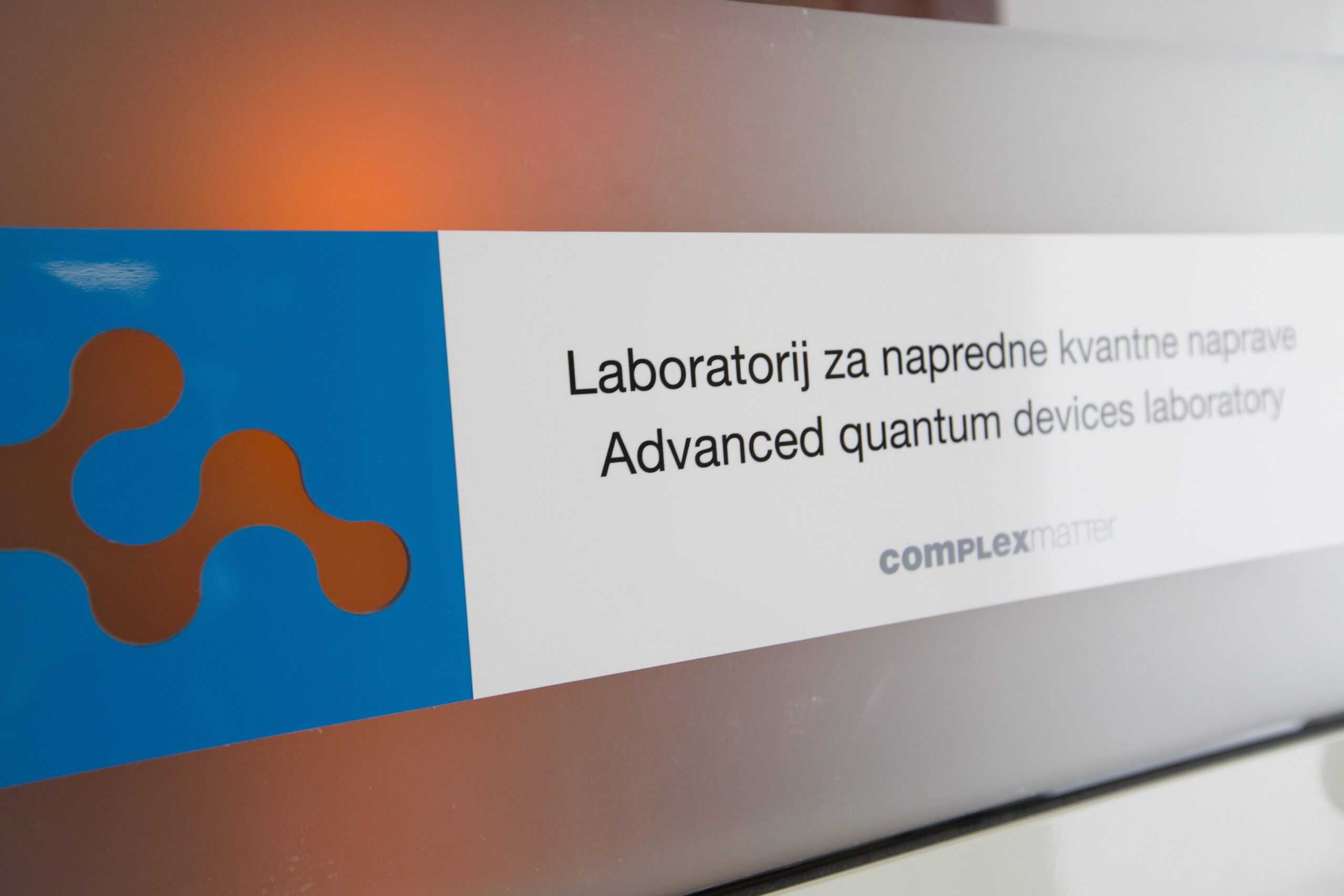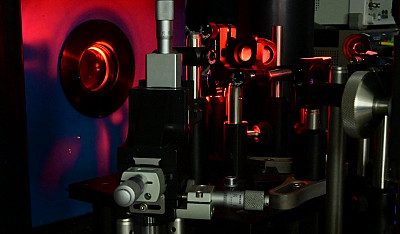Researchers at Jožef Stefan Institute and Nanocenter (Center of Excellence in Nanoscience and Nanotechnology), led by Ass. Prof. Dr. Tomaž Mertelj, have discovered a new magnetic component that appears at the interface between molecular semiconductors and cobalt. This component significantly affects the properties of thin magnetic films, opening new avenues for the development of nanoscale magnetic devices with tailored characteristics.
Electrons are not only electrically charged point particles but also point-like quantum magnets due to their spin. Their charge and mobility make them excellent carriers of electric current — powering modern civilization across energy systems and digital information technologies. In spintronics, however, it’s the quantum magnetism of electrons that plays the key role. It enables the transfer and storage of information encoded in electronic spin with minimal energy loss.
Spintronic technologies are already established in the read heads of hard drives, which remain essential for storing large volumes of data in data centers. These technologies are also finding growing applications in sensing. To further advance spintronics, new methods are needed to fabricate nanoscale spintronic elements with precisely tailored magnetic properties — including magnetic sensors as well as active and passive components of spintronic circuits.
A versatile strategy to achieve such control is through interfaces between organic molecules and magnetic metals. Despite decades of global research on how organic molecules influence the magnetic properties of thin metal films, there is still a lack of detailed understanding of the magnetism physics at the interface.
To push boundaries, the team at Jožef Stefan Institute and Nanocenter employed an innovative approach using ultrafast magneto-optical spectroscopy to explore the dynamic properties of layered molecular-semiconductor — cobalt structures. The insight into the dynamics, paired with a theoretical model, revealed the existence of an independent magnetic component at the interface — something previously undetectable with the standard static methods.
The core of this research was conducted as part of the INTERFAST project — a European Union Horizon 2020 initiative focusing on research and innovation. Key collaboration came from groups at Institute of Nanostructured Materials in Bologna (CNR-ISMN), University of Leeds, and Technical University Dortmund (TU Dortmund). The results were published in prestigious journals Science Advances.
The article, published in Science Advances, can be found here: DOI: 10.1126/sciadv.adw2243

